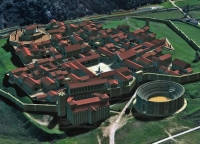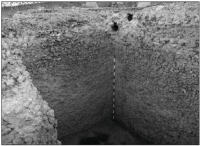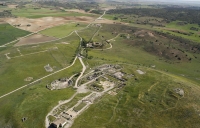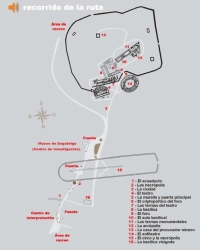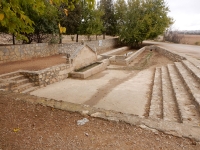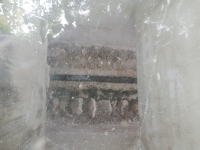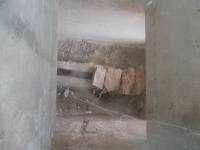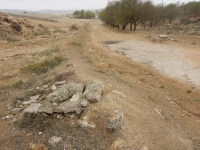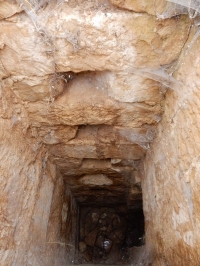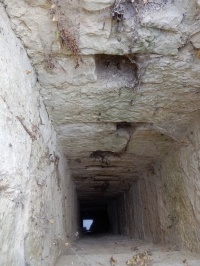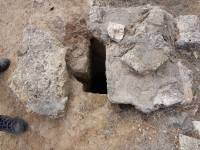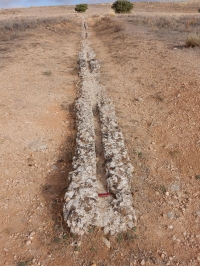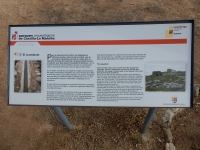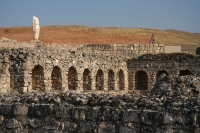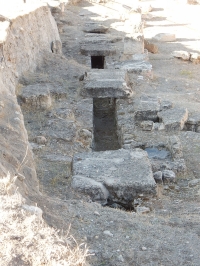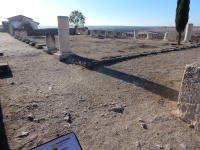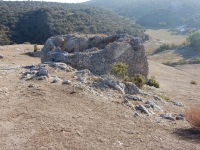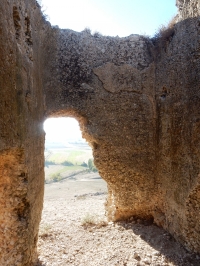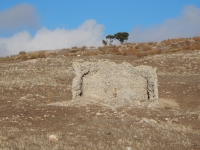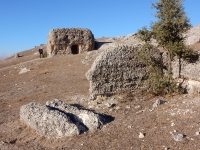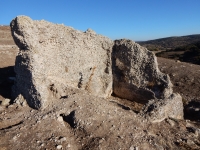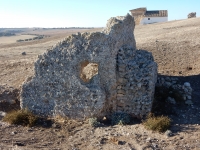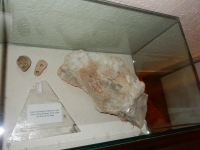Since the 1st c CE it became a center of communication and trade, agriculture and mining, and the administrative capital of a great territory.
Segobriga became the largest town in this region specialized in the mining of lapis specularis, a transparent gypsum as mentioned by Pliny the Elder (HN 36, 160). The mines were located in the area and near Osa de la Vega, 30 km S of Segobriga. Large blocks of lapis specularis were sent to Carta Nova to be shipped to Rome; after processing they were used as window glass and floor decoration.
It was later abandoned due to the Islamic conquest of Spain (7/8th c).
The major highlights now are the Roman theater and amphitheater, the city walls and its gates, two baths complexes, and above all, the Forum. From the top of the hill, one can also enjoy a wonderful view of the city and its surroundings.
On the other side: there are not much visible remains related to the ancient water supply of Segobriga.
